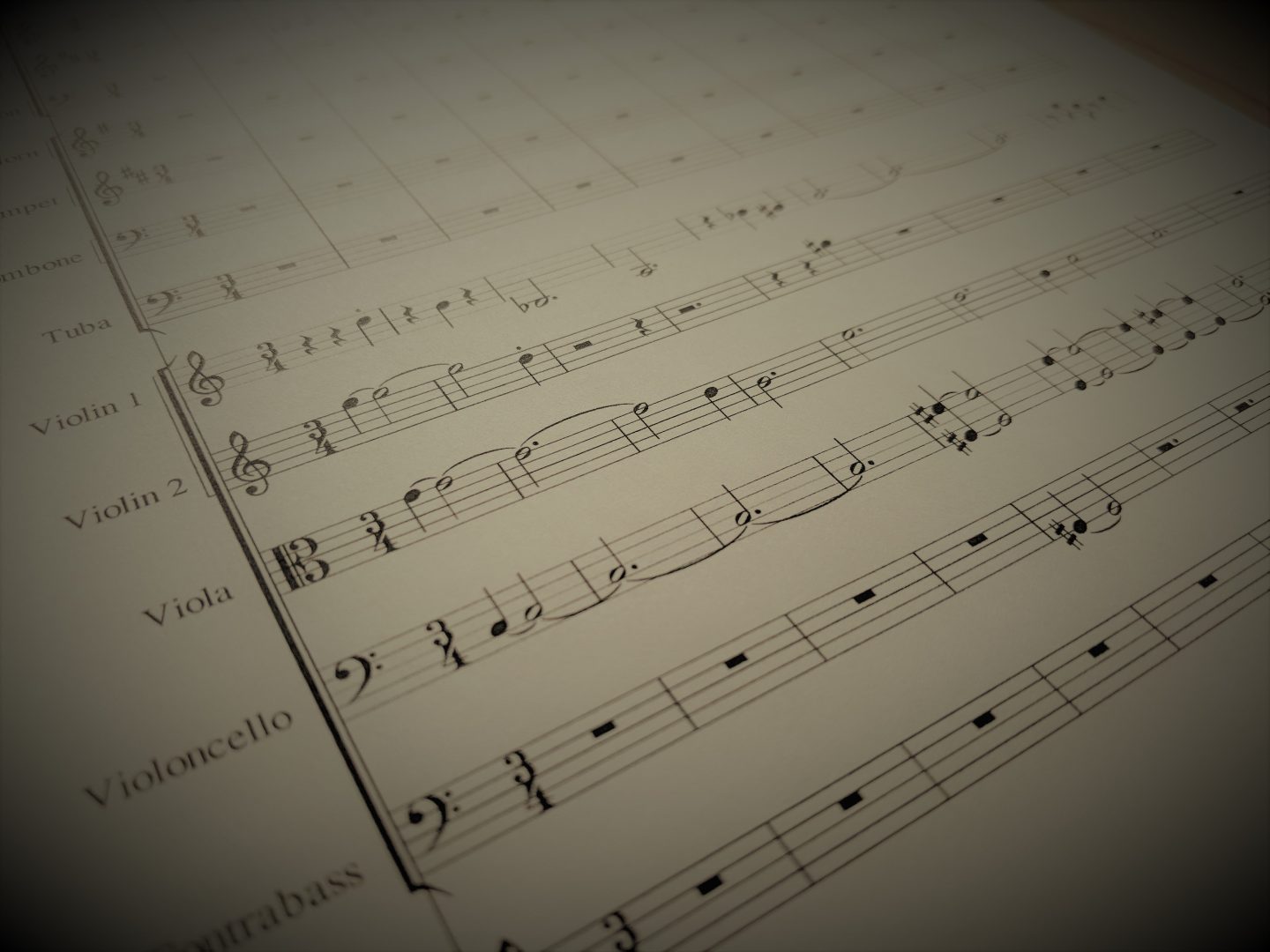I take part at the EBM Call for Scores 2018 contest. The contest sets this as the task to accomplish:
“There is no fixed style. Please use your imagination and creativity to write music so beautiful and pleasant to the ears that the musicians would love to play them over and over again and the audience would love to hear them over and over again.”
Submission Rules
- Instrumentation: ranging from solo to a maximum of 15 instruments: 2 violins, 1 viola, 1 cello, 1 double bass, 1 flute, 1 oboe, 1 clarinet, 1 bassoon, 1 saxophone, 1 trumpet, 1 horn, 1 trombone, 1 tuba, 1 percussion (xylophone OR vibraphone OR glockenspiel), 1 piano
- Duration: 3-8 minutes
- Atonal and electronics works will NOT be considered.
- Form: Sheet music
The last rule is the most challenging for me: I hardly know how to write notes for a piano. But I certainly have no clue about how to write notes for the other sections, which have all the different dynamics and articulations and other constraints that a piano player doesn’t have to deal with. Making human-playable notes out of a composer’s song sketch is actually the work of an orchestrator. And even the professional composer’s typically do not do this on their own. Well, but I guess this is more by the lack of time than by the lack of knowledge.
Result
Iput the sheet music here: Memories on Ice – Full Score
It is the musical interpretation of the following little story I came up with:
“His gaze wandered through his two-room apartment. He lived there on his own since his wife had died. His wife! She had been the love of his life, for almost 50 years they had lived, laughed and danced together. His eyes fell upon her photo. She was smiling, with ice skates hanging over her shoulder. Ice skating had been their joint passion. This is how he met her back then – on ice skates, in the park in his neighborhood.
He had not been a talented skater, he stumbled more than he skated. She, however, seemed to float over the ice, she danced with the ice, and the frozen surface seemed happy to serve as her dancefloor. When he had fallen once again and was sitting on the ground, she gave him a smile. She was not laughing at him, but giving him a warm smile, full of hope and affection. It was – the most beautiful smile in the world.
She helped him getting back on his feet and showed him how to move skillfully on the ice. Over time, she taught him simple skating figures, later more difficult ones, then first jumps and spins. They danced together, created choreographies, and people marveled and applauded, and told their friends about that couple who did magic every day, there on the small frozen lake in the park.
All this was half a lifetime ago. The lake had to give way to a new apartment block long ago, and the dancing girl of that time had become his wife. They had lived a fulfilled life together – until he had to let her go, for more than ten years by now. But never would he forget this day, when she gave him her beautiful smile for the first time.”
The score is written in waltz time to emphasize the pleasure he feels when remembering his beloved wife, but throughout the whole score there is a slight melancholic vibe, depicting nostalgic feelings of past times.

